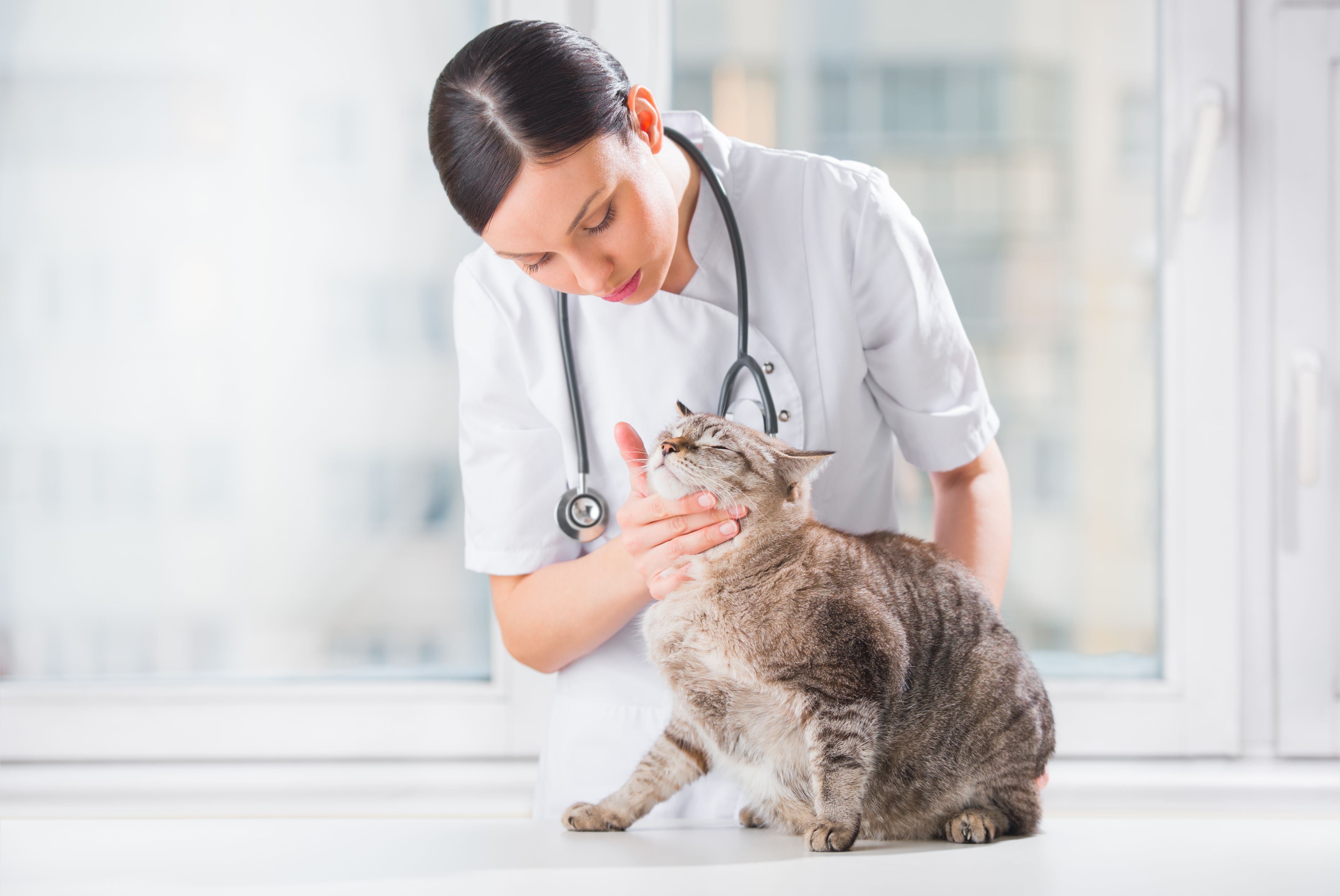Relief veterinary work: What you need to know
One veterinarian shares the ins and outs of relief work, plus what to look for in your contract agreement.
Milles Studio/stock.adobe.com

Years ago, I took a hiatus from clinic ownership. I sold my practices to spend more time with my young family. I did not want to exit clinical work entirely but wanted to regain control of my schedule in hopes of seeing more kid baseball games and planning trips to amusement parks. So, I became a relief veterinarian. Was I in for a surprise. I placed a small classified ad in the state veterinary society magazine and, before I knew it, I had more relief gigs than I could handle. I soon discovered that relief veterinary work is a great way to earn a living. But to prosper and avoid big problems, you must be smart.
The significance of a relief service contract
Plenty of relief veterinarians think gig worker status is based on a simple arrangement between the veterinarian offering occasional services and the clinic that responds. Legally, 4 parties are involved, and each has its own interest. Of course, there are the relief veterinarian and the clinic owner—the former wanting the highest price per shift, and the latter the lowest possible cost per day for the services.
But 2 other partners—the Internal Revenue Service (IRS) and state government—have perpetual needs that must be recognized and satisfied. Both want the same thing from the relief doctor and the clinic owner: regulatory compliance.
I quickly recognized during my brief gig career that perhaps the only way to satisfy all 4 parties was to have a written contract between the relief provider and the clinic for which the veterinary work would be done. Consider these risks of not formalizing the relief services relationship in this way.
Risks to the fill-in veterinarian
Unless the relief practitioner requests and receives payment at the end of each shift, there is an underlying risk that a clinic may later neglect or refuse to pay for past services. This is particularly likely if there has been a misunderstanding (unintentional or not) about work schedule, pay rate, or whether lunchtime is compensated. Sometimes, the practice owner runs short on money. Without a written service agreement, such disputes end up in court, possibly leaving the gig veterinarian on the losing side.
In the absence of a written agreement, unanticipated disputes can arise regarding whether commuting time is included in the provider’s hourly rate calculation and whether a fee will be charged for mileage (and the amount per mile). Does the relief veterinarian get paid hourly to make phone calls at the end of a shift, or does payment cease at the end of the final appointment? All these questions can be resolved in advance with a well-crafted relief contract.
Practice should embrace agreement
Relief veterinarians play a vital role in clinic scheduling. They enable owners to take personal time, and they soften the blow when an associate is on family leave or exits the hospital unexpectedly. No clinic owner wants to sour a relationship with a good, reliable relief veterinarian. But in the absence of a clear contract, the relief doctor/clinic owner relationship can suffer as unanticipated disagreements arise.
Sometimes hourly per diem veterinarians linger long after office appointments end, making more and longer phone calls on the clock than the practice owner feels are necessary. Occasionally the owner or medical director can attempt to micromanage cases being handled by the fill-in veterinarian. I have seen instances where a practice and per diem doctors clash over dress (too casual?), footwear (slip and fall/Occupational Safety and Health Administration violation risk?), and even inappropriate lunch hour sunbathing between morning and afternoon appointments. Relief contracts can address any such issues from the outset of the worker-owner relationship.
The IRS is interested in your contract—or lack thereof
The IRS loves employees—independent contractors, not so much. In fact, the agency considers everybody not an owner to be an employee until proved otherwise. If a relief veterinarian wants to carry out services as an independent contractor, it means an obligation to demonstrate that they are not an employee under law. With a solid written relief services contract that fully describes the business relationship, this obligation is much easier to satisfy.
The contract terms help clarify reasons relief veterinarians may appropriately consider themselves nonemployees. The IRS prefers individuals to be considered employees because the agency tends to get its withholding money from each paycheck right away, before the worker ever gets paid. The same goes for the worker’s required Federal Insurance Contributions Act (FICA) and Medicare contributions.
Independent contractors, on the other hand, generally receive payment for services in lump sums without any immediate withholding. Rather, they are charged with meeting several tax compliance obligations, including making estimated tax payments. The federal government doesn’t like having to risk chasing down independent contractors who sometimes spend funds owed to Treasury or Social Security Administration.
Therefore, if a relief veterinarian pursues a gig career without strictly adhering to the characteristics of an independent contractor, the federal government may and can impose financial penalties against him and any clinic that inappropriately failed to withhold and remit taxes, FICA contributions, and Medicare payments from the relief veterinarian’s earnings.
However, clarifying language can be included in a relief contract to reinforce the notion that the occasional worker is indeed an independent contractor. This includes clear statements explaining how the job was obtained, whether the worker is paid commission (aka production), whether services are provided on the same schedule each week, and whether the worker provides their own instruments and equipment. (For more detailed information about the characteristics of an “independent contractor,” refer to IRS Form SS-8 per www.irs.gov/pub/irs-pdf/fss8.pdf to provide guidance.)
The existence of a written agreement between a per diem or shift veterinarian and a clinic is persuasive if IRS seeks details of the relief client/contractor relationship.
Don’t forget the state authorities
Naturally, state tax authorities are interested in the “contractor or employee” nature of a relief veterinarian in states that have an income tax. But even states like Florida and Texas, which do not have income tax, want to know who in the work relationship is tasked with providing regulatory compliance over the worker/owner arrangement.
If you are an employee, your boss is charged with making sure you are covered by a workers’ compensation policy. In the absence of a relief contract, that issue may be neglected, with the owner later discovering that failure to cover the per diem doctor constituted a violation of the law.
The same problem exists regarding statutory unemployment insurance filing and remittance laws. And don’t forget about legally required disability insurance payments.
Written relief contracts are good insurance
The general rule I recommend that relief veterinarians follow is this: If you are doing a limited amount of relief work, request that your employer pay you according to a written contract, but as an employee, not an independent contractor. The contract will cover the items that could otherwise result in a disagreement, but the W-2 worker status will keep everyone paying and reporting to the federal, state, and municipal governments as they should.
I suggest that for veterinarians making gig work a primary occupation, a contract also be used, but that it additionally include as much detail as possible to support the argument that independent contractor status—if sought—is firmly supported in writing and with formality.
Christopher J. Allen, DVM, JD, is the president of Associates in Veterinary Law, PC, which provides legal and consulting services exclusively to veterinarians. He can be reached at info@veterinarylaw.com. Allen serves on the dvm360® Editorial Advisory Board.
